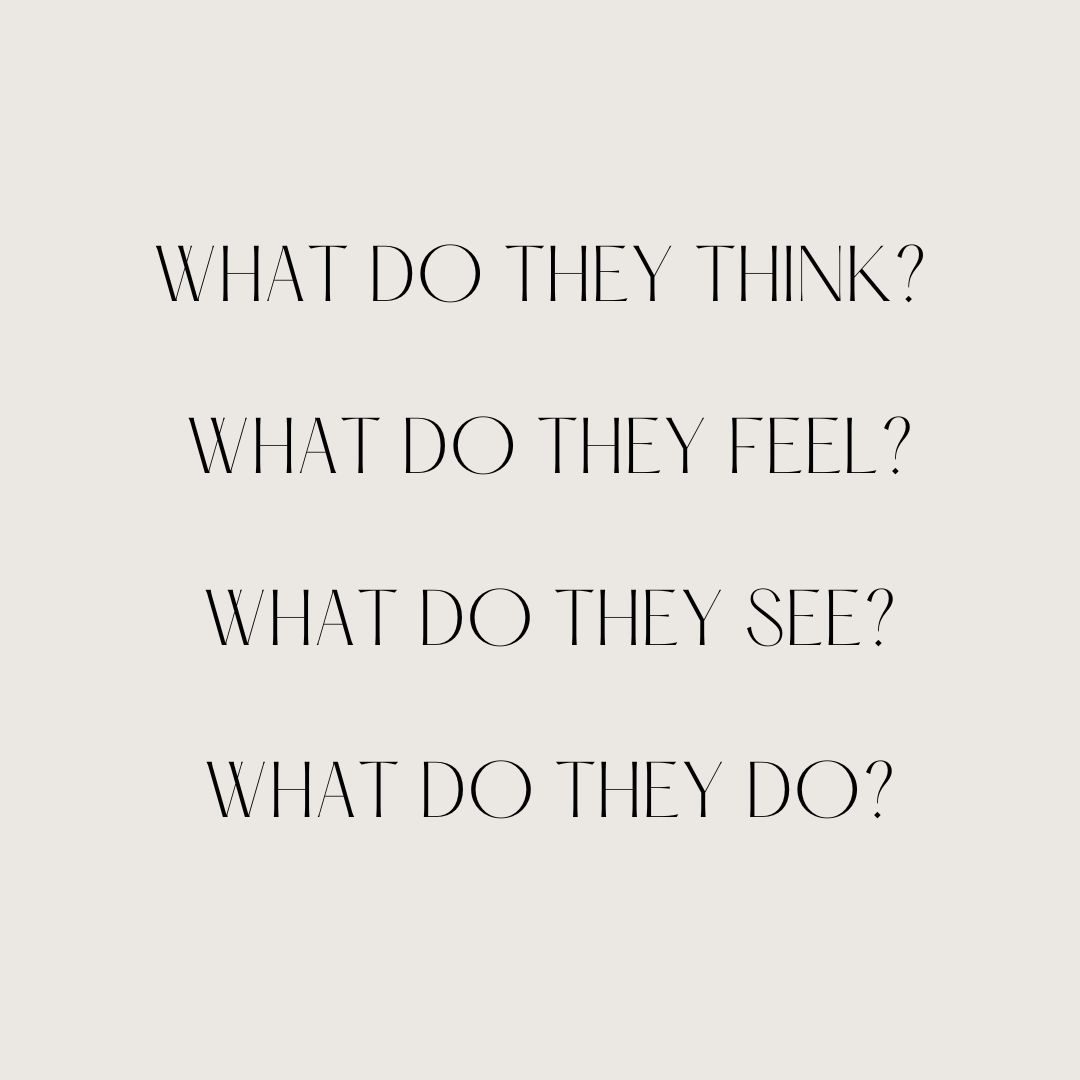Blog Story Selling
Posted 20 Apr '22
By Kay Ridge
Story selling is about telling a story strategically with a call to action.
Its purpose is to supercharge your content marketing and copywriting to increase sales.
Starting a blog to promote your products or services that you sell is a significant first step; however, you need to have a strategy as you can’t just write articles about just anything.
The idea for your blog has to tell a compelling and marketable story that assists you in standing out from your competition. Blogging can be a hobby as a storyteller, but story selling turns your blog into a business. That’s where story selling comes in. It ensures that all of your actions are put into writing great content that doesn’t go to waste, so you reach your goals.
Looking for Content Marketing Services?
Dash Social is the agency that specialises in delivering targeted keyword-rich organic traffic for growing digital businesses.
Steps to creating a killer story selling
Step #1: Copywriting fundamentals
Identify your ideal person who is the perfect fit for what you sell. With copywriting, you speak directly to this person.
What do you know about your prospect and how you can help them?.
- What problems do you solve?
- What desires do you need to be fulfilled?
- How can you make their lives easier?
- What type of language do they use (voice and tone)?
- What inspires them and makes them laugh?
- Who influences them?
- Are they ready to purchase? -look at their customer journey?
- Why haven’t other solutions worked?
- How can you help them in ways your competitors don’t?
State your ethical and digital services.
Explain your proven techniques — such as copywriting — shout it from the rooftops!
Choose your words wisely. Empathise and build your relationship with your prospect
“If you’re trying to persuade people to do something, or buy something, it seems to me you should use their language, the
language they use every day, the language in which they think.” – David Ogilvy (father of advertising Ogilvy & Mather).
Remember...
- Selling a product or service your copywriting must have a goal.
- Make every word, every sentence, every paragraph intentional
- Remember, a long copy typically works better.
The more opportunities you have in your story selling to make a compelling argument in favour of your offer, the more chance you have
in persuading someone to buy, so a longer copy is preferred.

Step #2: Story selling - combine content marketing and copywriting
Your blog will not benefit you if you have a great offer but weak marketing.
Content copy is the creative text that intentionally guides someone to do business with you.
Engage an audience by creating content to engage and attract. Think about Matthew McConaughey and Wild Turkey, and the copy is about Wild Turkey referencing the role of Master Distiller.
Content marketing is too valuable to toss away, and blogs, vlogs, podcasts, and videos are common platforms used for story
selling.
Copywriting is the art of persuasive writing. These words guide someone to take the action you persuade them to take (i.e., Call now, Join, Buy) after you’ve hooked them with your remarkable story selling in your content.
Remember to use empathy to build an audience and convert your prospects into your buyers.
A great example of this is from Copy Blogger
Content marketing is your vase.
Copywriting is your flower.
The vase is your offer.
Content marketing and copywriting work together for your business.
Think about...
“Why does someone need to know to do business with you?”
Are you thinking of what the prospect is going through — and how you meet their needs and guide them on their
journey? Think about your features and
benefits.

Researching those factors gives you a vast amount of information to use and helps you choose the right words for your final copy.
Once you’ve learned about your prospect, take your reader on a story selling journey that persuades.
Step #3 Persuasion
You need to know who you are talking to to avoid vague language intimately. Be clear, with a specific picture of your ideal customer?
Think about: -
1. Where your prospect is on their buying journey (customer journey)
2. What problem do you solve?
3. How you solve it for your prospect
4. Who you are?
5. What does the prospect need to do next?

What stage is your prospect is on their buying journey?
Tell a story that the prospect can relate to. Make your prospect the hero of their own story.
Show them that you understand:
- Where and what they’re going through.
- Their frustrations and what makes them happy
- Tell them where they’d like to be in the next few weeks … the next few months … the next few years
Your most significant opportunity is to be creative and form a bond with your readers. Research your Competitors. What have your competitors missed or got it wrong? Take advantage of this in your story selling.

Describe now your product or service
What’s your product?
State the features and benefits
Start with what you’ve got to offer, and before you elaborate on that too much, fulfill the following requirement …

3. What it’s in it for them (WITFM)
- Write bout the action you want your prospect to take.
- How can life be improved with your product or service?
- What’s the result? Paint a picture of your customer after they have bought your product and used it.
- Have you met the reader's goals? How your product helps them reach the most important goals.
- Use bullet points. Include specifics to make the product feel valuable. Describe it in a way your prospect will want to buy.
- Bullet points are your “secret weapon”
4. Who you are
- Establish your credibility
- Social Proofing by way of a LinkedIn Profile is a great idea.
5. What action does the prospect needs to do next
- Your call to action. The reader needs to know precisely what to do next.
- To move forward with the sale, create urgency, tell the reader what to do right this minute. Be specific and clear.
- Story selling isn’t just about money. It’s about motivating a specific, well-defined buyer behaviour.
Step #4: Magnetic headlines
Think about newspapers, notice that they don’t get read if one crucial element isn’t in place in the headline.
Headlines are designed to grab attention so that the rest of your story gets read.
They’re an essential part of your story selling.
Why?
Because without a headline, it doesn’t matter how many thoughtful details you go on to tell your reader about. Your reader will not proceed.
Your headline either:
1. Convinces a prospect to continue reading your copy to the call to action and a sale.
2. Doesn’t hook a prospect — and they don’t read the rest of your copy (no potential sale)
First impressions count, and when attracting attention from interested prospects, you must know your customer.
When you empathise with your ideal prospect, you’ll learn how to use the correct language to keep them reading your copy because you’ll learn how to express information relevant to their needs and wants. You will have started to build a relationship.
Your headline needs to communicate:
- Who should care about your copy
- How you help them, in ways their competitors don’t
- Why they should care right now.
Remember, people care about your product or service once they know you care.
Remember content or copy “saved for later” is content and copy that’s forgotten. So what do you do?
1. Write many headlines drafts
2. Keep in mind is that your headline is your promise.
It promises a benefit or reward in exchange for attention.
An excellent way to make sure your headlines always offer a compelling reward is to refer back to the 4-U approach taught by AWAI (American Writers & Artists Institute).
Your headlines must:
- Be USEFUL to the reader
- Provide a sense of URGENCY
- Convey the idea that your main benefit is UNIQUE
Step #5: What are the benefits and features of your product/service
To convince a prospect to read your copy, they must know what’s in it for me. (WITFM)
Benefits and features are the core of any copywriting.
The specific skill of describing benefits and features compellingly clearly is what differentiates copywriters from other types of writers.
What are the features? What are the benefits?
- Features to explain your offer.
- Benefits to persuade someone to care about the offer.
You guide a prospect to discover:
1. What they’re going to get
2. How it’s going to help them get the results they want
These details emerge from your story selling research about your target audience, in addition to basic facts about your product or service.
Step #6: Overcoming objections
A business needs to be aware of why someone may not choose their product or service— and then address those concerns up front.
Compelling copy addresses the conversation already going on in a prospect’s mind. The better your story selling can eliminate any doubts a prospect may have about your product or service, the better the chances of gaining a client.
1. Explain further. Focusing on the pain points your prospect is experiencing. What are your unique features that your competitors don't have?
2. Overcoming any objections
You can highlight the actual benefits you provide that make you stand out as the best choice for their wants or needs through this process.
Actual benefits in your copy address what the prospect wants or needs.
With excellent story selling, it’s a problem they have.
When you overcome objections, you speak of actual benefits to persuade your prospect to buy.
If your offer doesn’t convince someone, you won’t get them to purchase your offer.
Think about social proofing:
- Case studies
- Testimonials
- Tutorials
Step #7: Calls to action (CTAs)
Time to bring your story selling work together.
Every persuasion sequence — whether it’s an opt-in email page for a freebie or an email for a product or service — provide a call to action.
At the end of your story, you’ll explicitly state the action you’d like your prospect to take.
- Sign up for your email newsletter
- Comment on your blog post
- Share your in-depth guide on social media
- Like and Subscribe to your Facebook Platform
- Join your paid membership community
This is strategic. When you have one of these action goals in mind before you write, your copy will support your goal.
The work you’ve done to create your copy leads to asking your prospect to take the action you want them to take. As long as you have convinced them of the features and benefits.
If you’ve followed the story selling steps above, your prospect will be ready to take up your offer.
Copywriting as part of your content marketing helps you build and maintain relationships on the prospect’s journey to becoming a customer.
Are you new to story selling? What to do next
The written word drives the web. It is how you can tell search engine robots that your website is active with new content.
- Words drive engagement.
- Words drive customer experience.
- Words drive sales, growth, and profit.
Start Story Selling
If you wish for Dash Social to write your story selling, please book a 30-minute chat.
Related Articles
How to Refine Content for Better Reach and Engagement on LinkedIn
Learn how to refine your LinkedIn content strategy to boost engagement, build brand authority, and attract the right audience. Read Article…
The Right Mix of Marketing Channels
Discover how to choose the right mix of marketing channels to grow your business without wasting your budget. Learn from experts at Dash Social. Read Article…





.jpg)